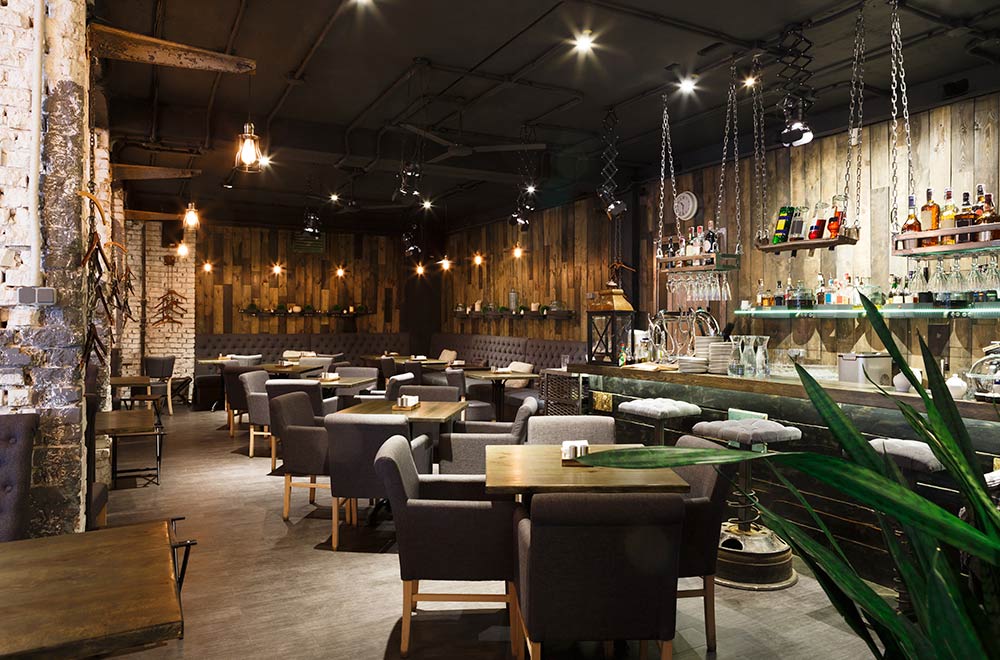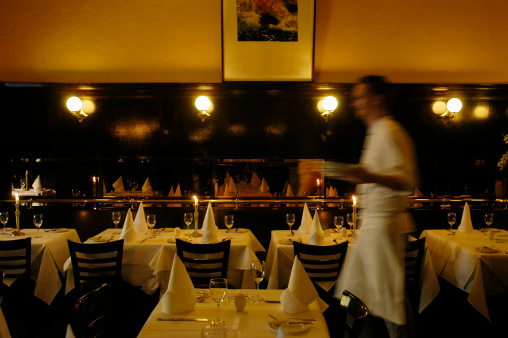Fine Dining Experience Islamabad: Enjoy Extravagant Cooking Pleasures
Fine Dining Experience Islamabad: Enjoy Extravagant Cooking Pleasures
Blog Article
Savor Authentic Eastern Cuisine With a Pan-Asian Spin for a Culinary Journey
Embarking on a cooking trip through authentic Asian food, boosted with a Pan-Asian twist, supplies a distinct opportunity to discover the abundant tapestry of flavors that specify the region's varied culinary traditions. As you ponder these attracting recipes, think about the cultural stories and historical influences that form them, each bite using a tale waiting to be found. asian restaurant isb.

Discovering Pan-Asian Flavors
In the world of global gastronomy, Pan-Asian food stands apart for its exceptional diversity and the harmonious interaction of flavors from various Eastern societies. This culinary technique commemorates the distinct ingredients and abundant customs located across the continent, creating a tapestry of preferences that is both fascinating and gratifying. Key to Pan-Asian food is its ability to stabilize different tastes-- pleasant, salted, spicy, and sour-- while highlighting the quality and quality of each ingredient.
From the umami-rich soy sauce of Japan to the fiery chili peppers of Thailand, Pan-Asian cuisine uses a comprehensive scheme of tastes. These aspects are commonly combined in innovative methods, boosting dishes with layers of complexity. For instance, using great smelling natural herbs such as lemongrass and cilantro, typical in Vietnamese and Thai food, adds a rejuvenating brightness to recipes, while the consolidation of coconut milk provides a velvety, abundant texture.
The focus on fresh produce and fragrant spices makes certain that each dish is not only a banquet for the taste buds yet also for the senses. Pan-Asian cuisine invites restaurants to start a culinary journey, checking out the substantial and differed landscapes of Eastern gastronomy with every bite.
Blend Meals to Try
While Pan-Asian food is commemorated for its traditional flavors, the modern cooking landscape is progressively welcoming fusion dishes that mix these classic aspects with influences from other regions. This ingenious approach not just honors the rich heritage of Oriental cooking arts yet likewise presents unique preference experiences that attract contemporary palates.
An archetype of such a blend meal is the Korean-Mexican taco, where marinaded bulgogi beef is wrapped in a cozy tortilla, topped with kimchi and a spicy gochujang-infused salsa. This combination marries the strong, tasty tastes of Korea with the vibrant, fresh components of Mexican cuisine. Similarly, sushi burritos have gotten appeal, integrating the delicate artistry of Japanese sushi with the passionate, hand-held ease of a burrito, often featuring fusion ingredients like tempura shrimp and avocado with a drizzle of wasabi mayo.
An additional noteworthy meal is Thai curry ramen, which instills the creamy, aromatic spices of Thai curry into the comforting broth of traditional Japanese ramen, creating an unified blend that tantalizes the senses. These combination meals expand past simple novelty; they stand for a culinary dialogue in between cultures, encouraging exploration and development on the planet of Pan-Asian food.
Crucial Components and Spices
To really appreciate Pan-Asian food, one must comprehend the essential components and flavors that develop its foundation. This diverse cooking style attracts from an abundant tapestry of Asian customs, using an unified mix of appearances and tastes.
Aromatic components are crucial, with lemongrass, garlic, and ginger being common across different Pan-Asian recipes. These ingredients give a fragrant base that enhances the intricacy of flavors. Seasonings such as star anise, cardamom, and cinnamon present heat and character, echoing influences from areas like China and India.

Cooking Strategies and Tips
Grasping the art of Pan-Asian cuisine needs experience with its unique food preparation strategies, each adding to the lively tapestry of flavors this cooking custom is commemorated for. Central to these techniques is the stir-fry, a rapid food la gondola preparation technique that protects the nutritional honesty and vivid shades of ingredients. Making use of a wok, the stir-fry method permits also warm distribution, important for accomplishing the particular structure and taste equilibrium of Pan-Asian meals.
An additional fundamental method is steaming, particularly prevalent in Chinese food. This mild approach preserves the natural flavors and nutrients of ingredients, making it ideal for fish and shellfish and veggies. Dumplings, a precious staple, often profit from steaming, causing soft, succulent appearances.
Grilling, likewise integral, presents smoky midsts to dishes such as Oriental bulgogi or Japanese yakitori (asian restaurant isb). This method often entails marinating active ingredients, allowing flavors to permeate deeply before food preparation over an open flame or warm plate
Finally, mastering the art of stabilizing flavors-- wonderful, sour, salty, bitter, and umami-- is critical. Appropriately layering these elements can boost a recipe from average to remarkable, offering a complicated and satisfying culinary experience that symbolizes the essence of Pan-Asian food.
Dining Experiences Worldwide
Around the world, Pan-Asian cuisine provides an unequaled dining experience, celebrated for its rich tapestry of flavors and vivid Website presentations. This culinary phenomenon has actually gone beyond cultural borders, capturing the hearts and tastes of food fanatics worldwide. In multicultural cities like New York, London, and Sydney, Pan-Asian restaurants act as fusions where cooking practices from Thailand, Japan, China, and beyond assemble, providing diners with a diverse mix of recipes that highlight the region's variety.
The global charm of Pan-Asian food exists in its capability to provide both credibility and technology. Chefs skillfully wed conventional active ingredients such as lemongrass, soy sauce, and miso with contemporary strategies, causing meals that are both familiar and refreshingly brand-new. This blend permits restaurants to begin on a culinary trip that respects heritage while welcoming modernity.
In addition, dining experiences are elevated via thoughtfully created atmospheres that reflect the values of Pan-Asian aesthetics. From minimal Japanese-inspired insides to vivid Thai-themed rooms, each dining establishment offers an unique ambiance that matches the culinary offerings. Consequently, customers are not merely consuming a meal but partaking in a social experience, making Pan-Asian dining an absolutely worldwide sensation.
Final Thought
The expedition of Pan-Asian cuisine uses a profound understanding of the elaborate interaction of tastes and cooking practices throughout Asia. By accepting fusion recipes such as Thai curry ramen and sushi burritos, the cooking trip not only highlights the adaptability of conventional components however additionally showcases innovative modern-day techniques. This gastronomic experience, enriched by necessary spices and cooking techniques, gives an one-of-a-kind opportunity to appreciate the multiculturalism and cooking artistry that define Pan-Asian food on a global range.
Embarking on a culinary trip via genuine Eastern cuisine, boosted with a Pan-Asian spin, clay oven supplies an unique chance to discover the abundant tapestry of flavors that specify the area's diverse cooking practices.In the world of global gastronomy, Pan-Asian cuisine stands out for its remarkable diversity and the unified interplay of flavors from various Asian cultures. Key to Pan-Asian food is its capability to balance contrasting tastes-- pleasant, salted, spicy, and sour-- while highlighting the quality and high quality of each active ingredient.

Report this page